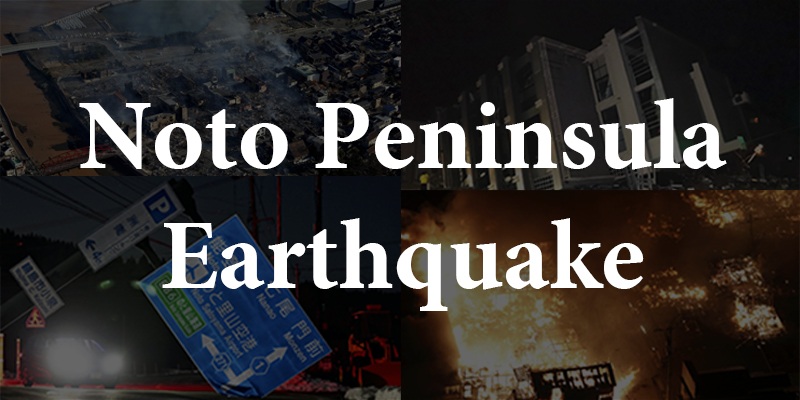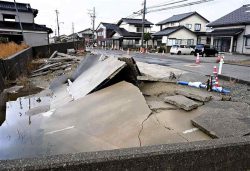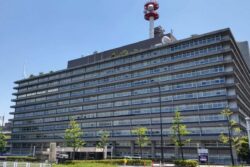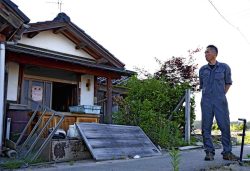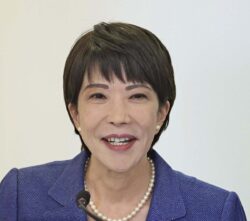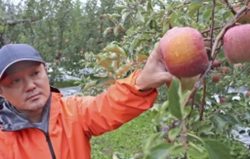Local Industries Such as Wine and Beef Seriously Damaged by Noto Peninsula Earthquake
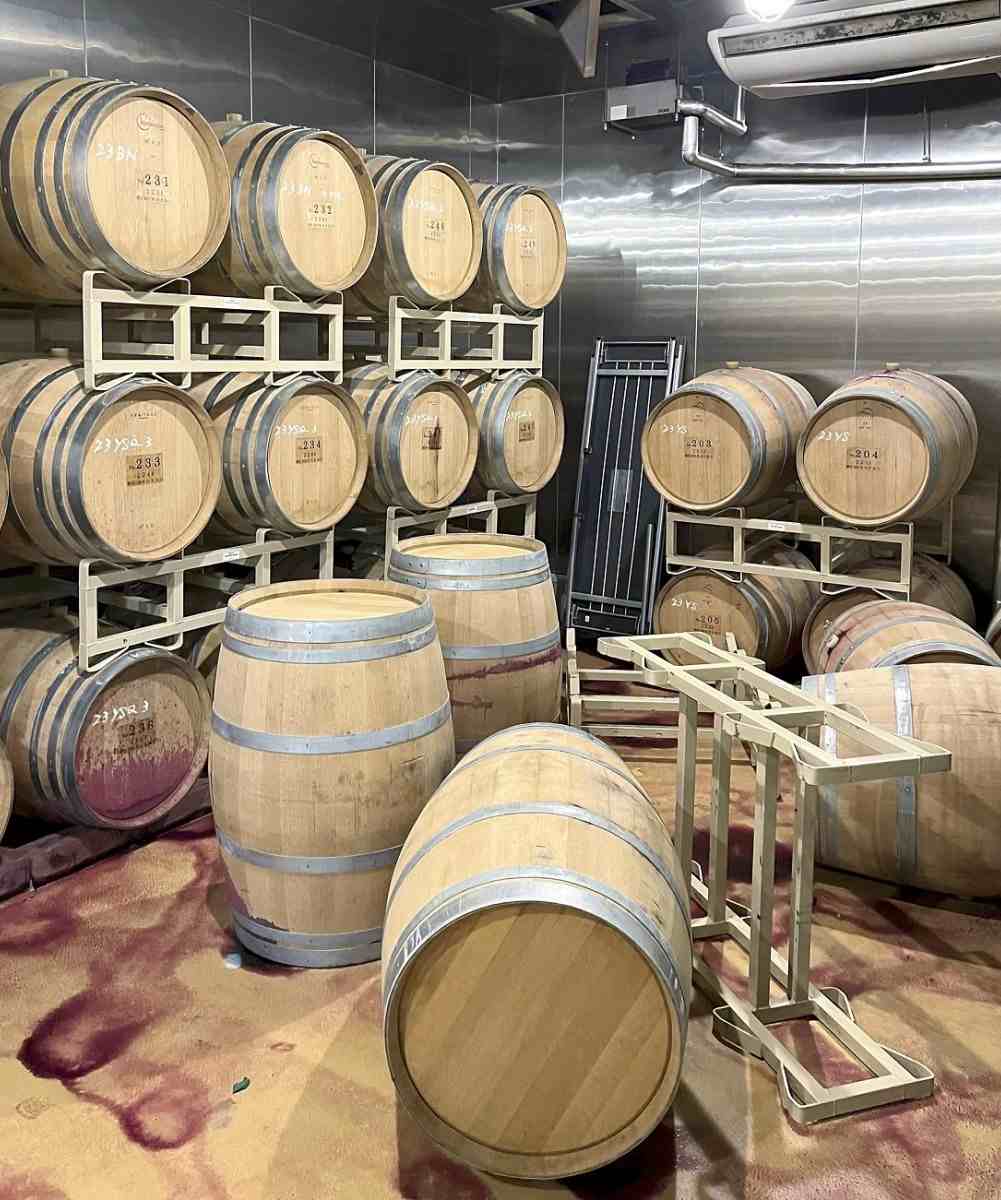
Wine spills on the floor from fallen casks at a Noto Wine warehouse.
14:04 JST, January 22, 2024
A huge earthquake that struck the Noto Peninsula on New Year’s Day is seriously affecting the region’s local specialties, such as wine and kuroge wagyu, or Japanese black beef cattle.
Although it remains uncertain when they will be able to resume production or shipment, they are trying to move forward despite difficulties ahead.
Noto Wine started production at a brewery in the town of Anamizu in Ishikawa Prefecture in 2006. The company uses grapes grown in mineral-rich fields enhanced by the shells of oysters grown in Nanao Bay. The firm produces about 100,000 bottles of wine in a year, including the popular brand “Kokoro no Shizuku” (dew of the heart), which has received a number of prizes.
The quake on Jan. 1 caused the lower part of one of the storage tanks to open, and 10,699 liters of unprocessed wine, equivalent to 14,860 bottles, to flowed out. The quake also broke some casks. Workers are unable to wash the machines or do other work due to suspension of water supply, making it uncertain when they will be able to resume production.
Despite such difficulties, workers at the company continue preparations for shipment by replacing labels that became dirty.
The company also receives orders online. Some customers made orders with messages, such as “We’re supporting you.”
“We can move forward thanks to warm support,” said Atsushi Maruyama, 50, head of the company’s business section.
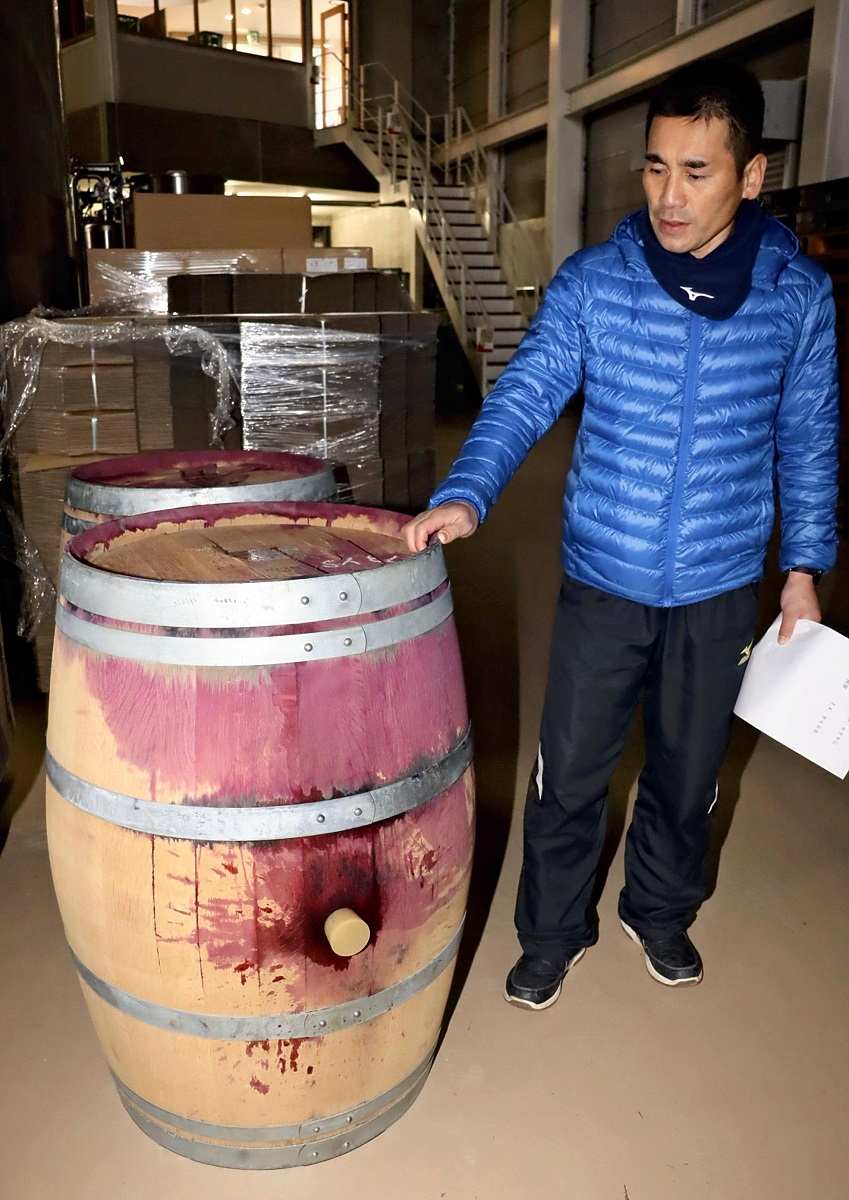
Atsushi Murayama of Noto Wine looks at a damaged wine cask in the town of Anamizu, Ishikawa Prefecture, on Jan. 12.
100 Noto beef cattle in isolation
Noto cattle beef, characterized by its melty texture, was registered by the national government as a local brand in 2007. Cattle farmers in the prefecture ship about 1,000 Noto beef cattle annually.
A cattle producers’ association, Yanagida Nikuyogyu Seisan Kumiai, in the town of Noto, which raises about 100 cattle, has been isolated because roads have been cut off. As workers were unable to give water to the cattle due to power outage and suspension of water supply, they gave snow instead of water, but two cattle died. Thanks to help from a nonprofit organization in Saitama Prefecture, the workers finally managed to transport water with drones on Wednesday in order to provide the cattle with water.
However, the association is considering transferring its cattle to another farm as it remains unclear when water supply will be restored.
Other industries also damaged
The salt industry in the northern Noto Peninsula is also in trouble. Salt farmers in the area use a traditional method in which they spray seawater over a sand field and harvest the salt in the sun. They are concerned because they may have to suspend their business for an extended period of time.
The landscape of the coastline in the northern part of Suzu City has completely changed after the seabed was elevated as a result of the major earthquake.
According to Ante, a company in the city of Kaga, Ishikawa, that manages saltpans, it is difficult to even reach the production site because roads are cut off.
Kaginushi Kogyo in the Takojima area in Suzu, which manufactures earthen charcoal braziers and bricks using diatomaceous earth produced in the city, had been struck twice by quakes with an intensity of about 6 on the Japanese seismic scale in the past two years.
Therefore, the firm was about to relocate its wooden office-cum-shop to a prefabricated building, but the office collapsed in the Jan. 1 earthquake.
As a result, about 3,000 braziers stored in a warehouse and about 60,000 bricks waiting for shipment were damaged. The firm’s kiln, measuring about 50 meters long, was almost totally broken. The reconstruction work is expected to cost the company more than ¥200 million.
“We’ll move forward step by step,” said President Tetsu Kaginushi.
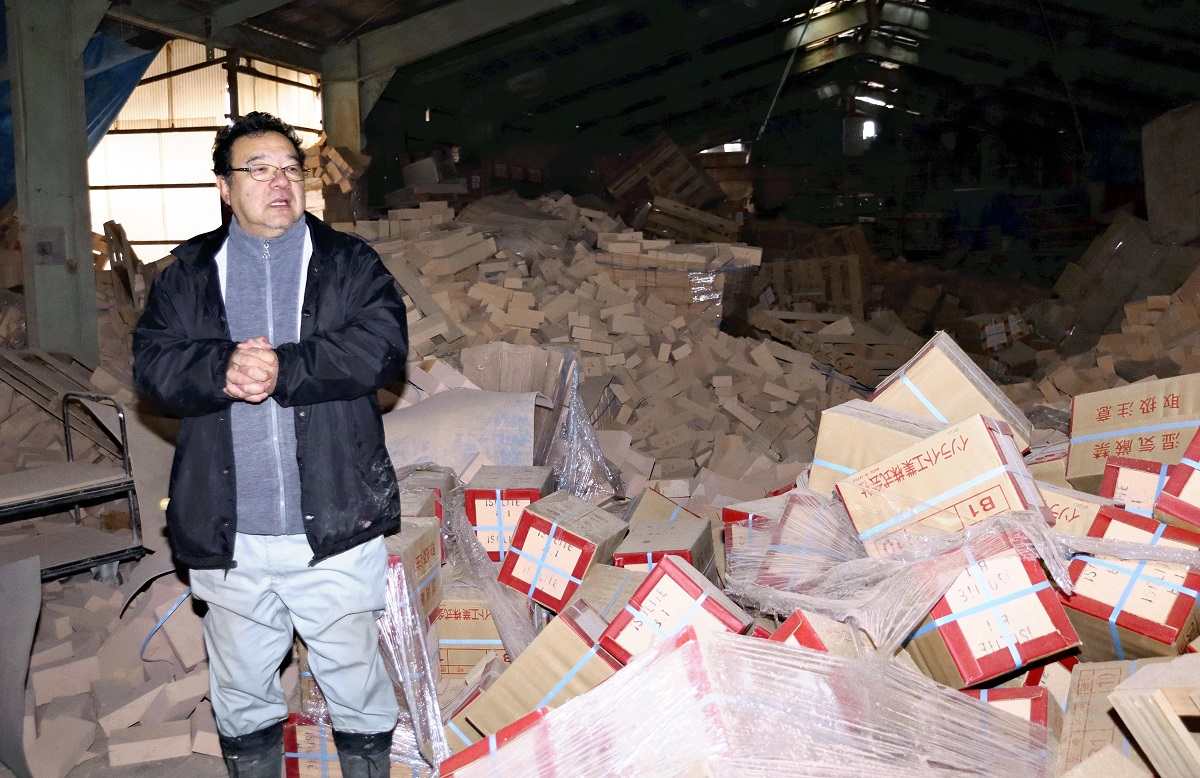
Tetsu Kaginushi, president of Kaginushi Kogyo, stands in a warehouse in the city of Suzu, Ishikawa Prefecture, where broken bricks are scattered, on Jan. 15.
"Society" POPULAR ARTICLE
-

M4.9 Earthquake Hits Tokyo, Neighboring Prefectures
-

Israeli Tourists Refused Accommodation at Hotel in Japan’s Nagano Pref., Prompting Protest by Israeli Embassy and Probe by Prefecture
-

M7.5 Earthquake Hits Northern Japan; Tsunami Waves Observed in Hokkaido, Aomori and Iwate Prefectures
-

Tsukiji Market Urges Tourists to Avoid Visiting in Year-End
-
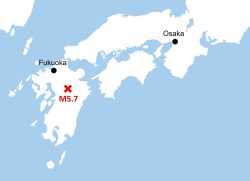
M5.7 Earthquake Hits Japan’s Kumamoto Pref., Measuring Upper 5 Intensity, No Tsunami Expected
JN ACCESS RANKING
-

Tokyo Economic Security Forum to Hold Inaugural Meeting Amid Tense Global Environment
-

Keidanren Chairman Yoshinobu Tsutsui Visits Kashiwazaki-Kariwa Nuclear Power Plant; Inspects New Emergency Safety System
-

Imports of Rare Earths from China Facing Delays, May Be Caused by Deterioration of Japan-China Relations
-

University of Tokyo Professor Discusses Japanese Economic Security in Interview Ahead of Forum
-

Japan Pulls out of Vietnam Nuclear Project, Complicating Hanoi’s Power Plans
